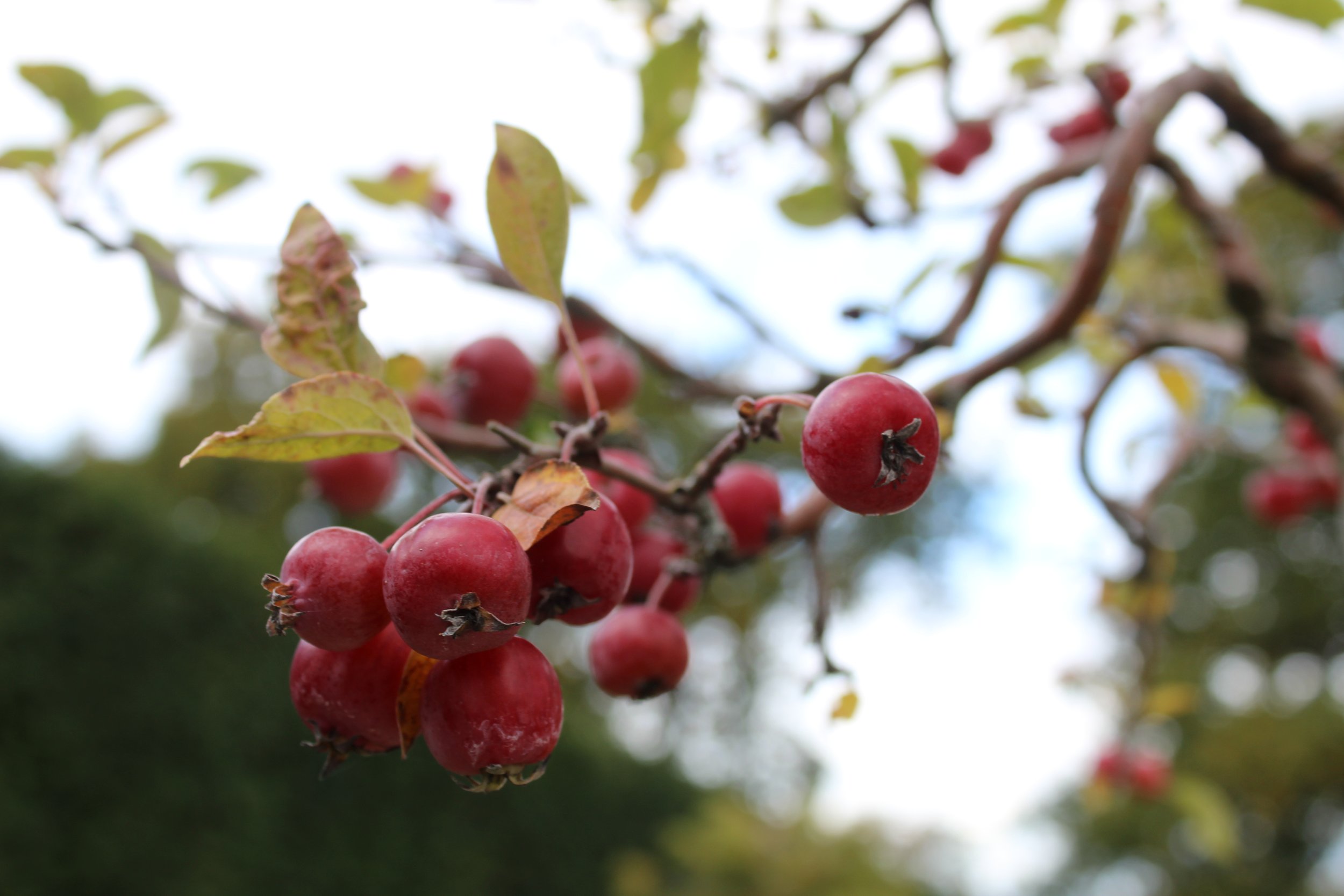Wabi Sabi Inspiration
Berries discovered on a walk
Whilst I was learning about mindfulness, during the first Covid lockdown, I came across the Japanese term wabi sabi. It has no direct translation into English and, for Japanese people, it is more of a feeling than a concept, but it refers to the beauty and authenticity found in the impermanence we witness in nature. The focus of wabi sabi is on finding beauty within the imperfections of life and accepting the cycle of growth and decay.
The roots of wabi sabi lie in Zen philosophy; rejecting intellectualism in favour of the purity and beauty found in the truth of the natural world. Japanese art, infused with the qualities of wabi sabi, displays the same aesthetic qualities that can be seen in natural objects, the principal properties of which are;
Modesty
This applies to both the artist’s approach to design as well as the physical qualities of the object. From a design perspective, this includes a clarity in the artist’s motives as well as the creation of work that feels intimate and personal. The emphasis is on sincerity and uniqueness.
In terms of the physical qualities that a wabi sabi piece possesses, the emphasis is on simplicity. It is not highly embellished or over- complicated. Artists use freely available materials, in an unrefined, raw state, using no more than is required for the task.
Space
This could be equated to the ‘breathing room’ in an artwork. A wabi sabi piece will often employ only one accent or focal point, which requires ample space around it so as not to detract away from its beauty. This ‘breathing room’ creates a focus on the smaller details of the accent and, in so doing, affords it a kind of poetry.
Balance
Wabi sabi objects are balanced in a way that parallels with nature. There are no regular or unform shapes and no prescribed formula to follow. Instead, through constant and careful observation, the artist learns about the physical balances to be found in the natural world. With this insight, it becomes easier to balance their own design elements in an unforced and seemingly natural way.
Colour
Colours and dyes are taken from natural sources and produce muted colours lacking in uniformity. There are no bright or harsh tones, only diffuse and murky shades of natural hues. The use of matte colours and subdued lighting creates an atmosphere of intimacy.
Organic
This refers to both the process used to make the piece as well as the materials used to construct it. The process of creating a piece of wabi sabi artwork is intuitive and unforced. A piece develops in a natural way, informed by the properties of the materials used.
Wabi Sabi materials are sourced from nature. Wood, clay, stone, paper and textiles are all commonly used. Wabi sabi embraces the natural effects of time on a surface, celebrating the marks of deterioration collected on a piece as it ages. The natural wear and tear of the materials adds to the aesthetic appeal of the object.
Texture
The texture of wabi sabi objects is usually rough and uneven, sometimes made this way through natural processes. Random or variegated texture is suggestive of the evolution and decay of the object over time.
Peeling tree bark creates an interesting texture
There is something I find very appealing about these properties and I have adopted many of them in my own work. I like the idea of creating work in symbiosis with plants, and that mother nature has her hand in everything that I create. She is always my guide. I would like to experiment more with natural dyes and eco-prints as well as sourcing organic materials.
I create unique pieces and as such they are personal and do feel intimate and sincere to me. I feel a connection to the plants I draw and the places I go to find them as well as the materials I use. The process of hand stitching into cloth creates a physical and emotional connection with it. I read somewhere once that ‘we create the artwork that we need’ and I agree that all art is primarily for the artist. For me, hand stitch provides me with my own ‘breathing room’. Maybe this will, consciously or unconsciously, translate into the creation of simplicity and space within my artworks too.

